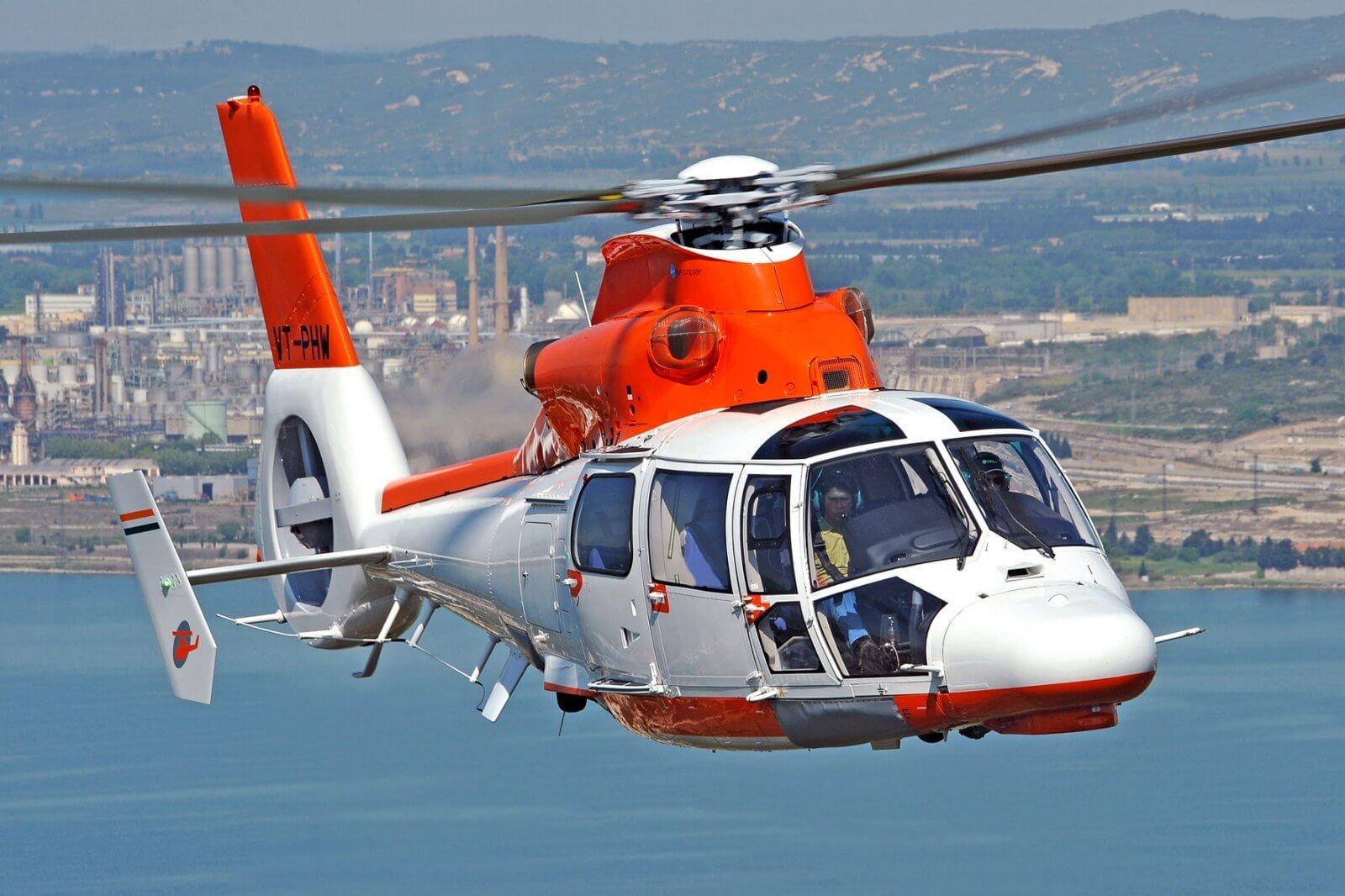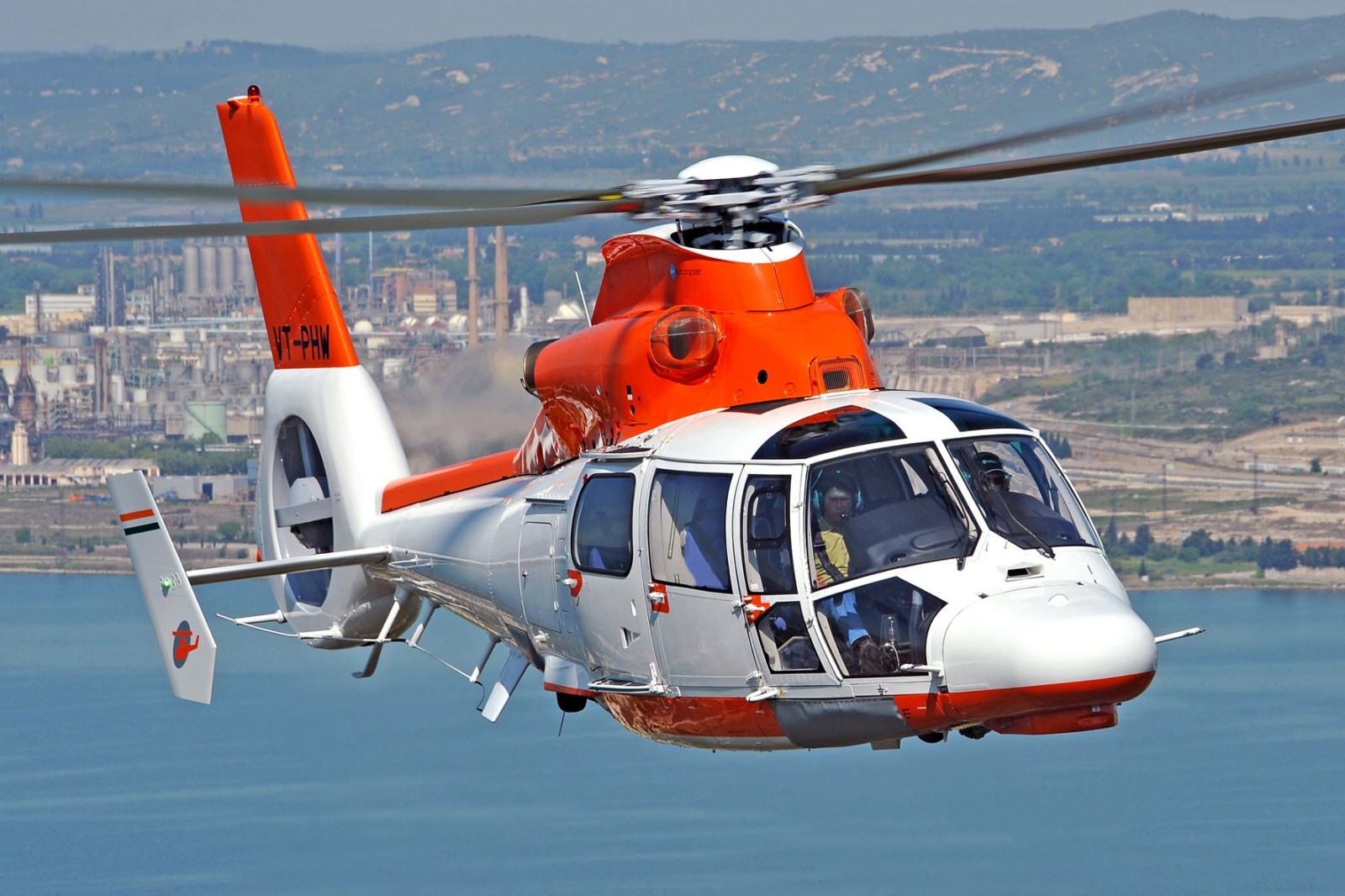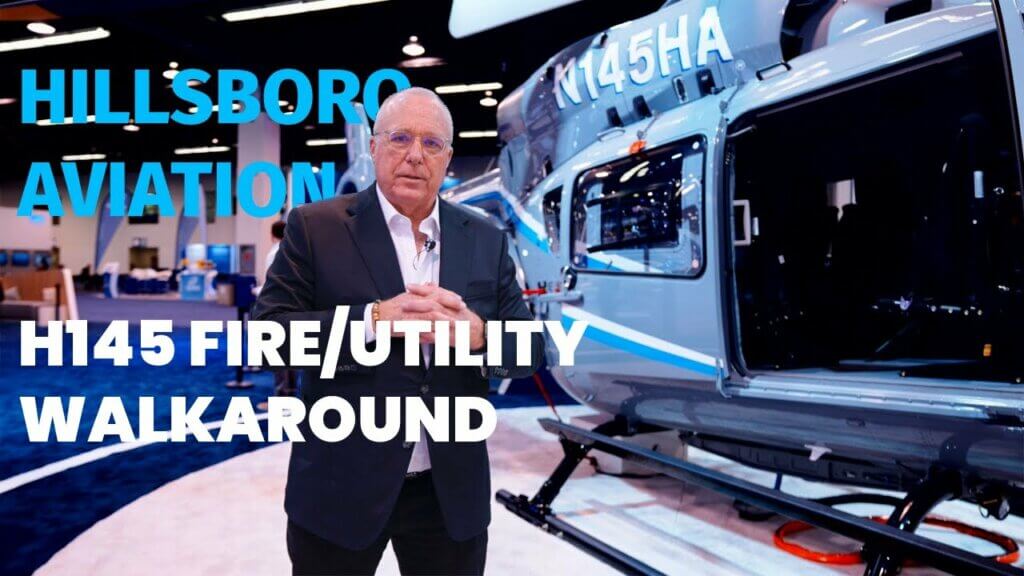Spatial disorientation was the probable cause of a fatal crash of a Pawan Hans Ltd. (PHL) Airbus AS365 N3 Dauphin, when the aircraft with seven people on board crashed into the water during a flight to an offshore platform on Jan. 13, 2018.

In its final report into the accident, the Indian Aircraft Accident Investigation Board (AAIB) noted how analysis of the aircraft’s wreckage revealed a high-energy impact with the water in a nose-down, right-banked attitude. There was no evidence of pre-impact damage, any critical unit malfunction, fire or in-flight disintegration. The autopilot upper modes were disengaged and the aircraft was hand-flown in an unusual attitude into the sea.
Cockpit voice recording transcript extracts revealed that both crew were fighting for control seconds before the aircraft hit the water. The pilot-in-command (PIC) had experienced spatial disorientation and about 20 seconds before the crash, had disengaged the autopilot. He froze on the controls, and repeated callouts and attempts to take over the controls by the pilot monitoring (PM) proved futile, the report noted. The crash was not surviveable.
The helicopter was carrying two crew and five senior officials from state-run oil company ONGC. It had taken off from Juhu helibase under special visual flight rules (VFR) clearance for NQO process platform in Bombay High. “Special VFR” dispensation allows VFR flights to operate below minima for the purpose of entering/leaving a control zone.
Around 20 minutes into the flight, the helicopter missed a routine position report, triggering a response from offshore agencies and activation of search-and-rescue.
The 87-page accident report portrays glaring lapses at several levels, including the finding that a persistent malfunction in the autopilot’s “heading” mode went unrectified and likely contributed to the crash.
The helicopter was grounded for a month before Jan. 6, 2018, for a 600-hourly inspection. The autopilot defect, wherein the aircraft would keep drifting even with “heading” upper mode engaged, existed prior the inspection and well into test flights that followed the inspection. Nothing was done to rectify the defect, the board noted.
The aircraft crashed on the first revenue flight after the test flight, with the autopilot defect acting as a trigger.
The AAIB also made serious observations on the maintenance culture at PHL, including manpower shortage, lack of due diligence, supervisory lapses and flawed maintenance processes, especially to identify and rectify defects.
The test flight after the inspection was flown by a different crew with a co-pilot who had recently qualified on type. There was no briefing by engineering, nor did the crew ask for anything. A blank test performa, duly signed, was returned at the end of the sortie. The board noted that “entries were made and signed for the checks which were not carried out during that test flight.” The seemingly innocuous defect pertaining to the heading mode of the autopilot was neither reported nor rectified. It is thus likely that the crew were unaware of the latent but recurrent defect in autopilot and had no “handover,” either verbally or through documentation.
The report notes that “recommendations of earlier investigations having serious operational/safety implications are yet to be implemented by PHL in true spirit.” Inadequate supervision of operational activities on a day-to-day basis at PHL and aviation safety mechanisms at client ONGC’s end that “could not capture any latent hazard or contribute towards safe operation as viewed from the SMS point of view” were specifically pointed out by the board.
Even when interim observations from the crash were passed on to PHL for corrective action, the organization “went into denial mode instead of taking these observations in a positive sense,” the board observed.
Helicopters are provided to ONGC through contracts executed with companies such as PHL, Global Vectra Helicorp Ltd, Heligo Charters, etc. Almost all these operators have raised concerns in the past about hourly liquidated damages (LD) clause that imposes heavy penalties for operators not being able to provide helicopters as contracted. The LD clause puts pressure on operators to suppress minor defects and cannibalize spares and rotables from other aircraft. The board grimly noted that “there is preponderance of unsafe situations due to this [LD] clause”.
In November 2015, another Dauphin N3 crashed during a night training flight off Bombay High. Both pilots sustained fatal injuries in that accident, where spatial disorientation was again named as the probable cause.









